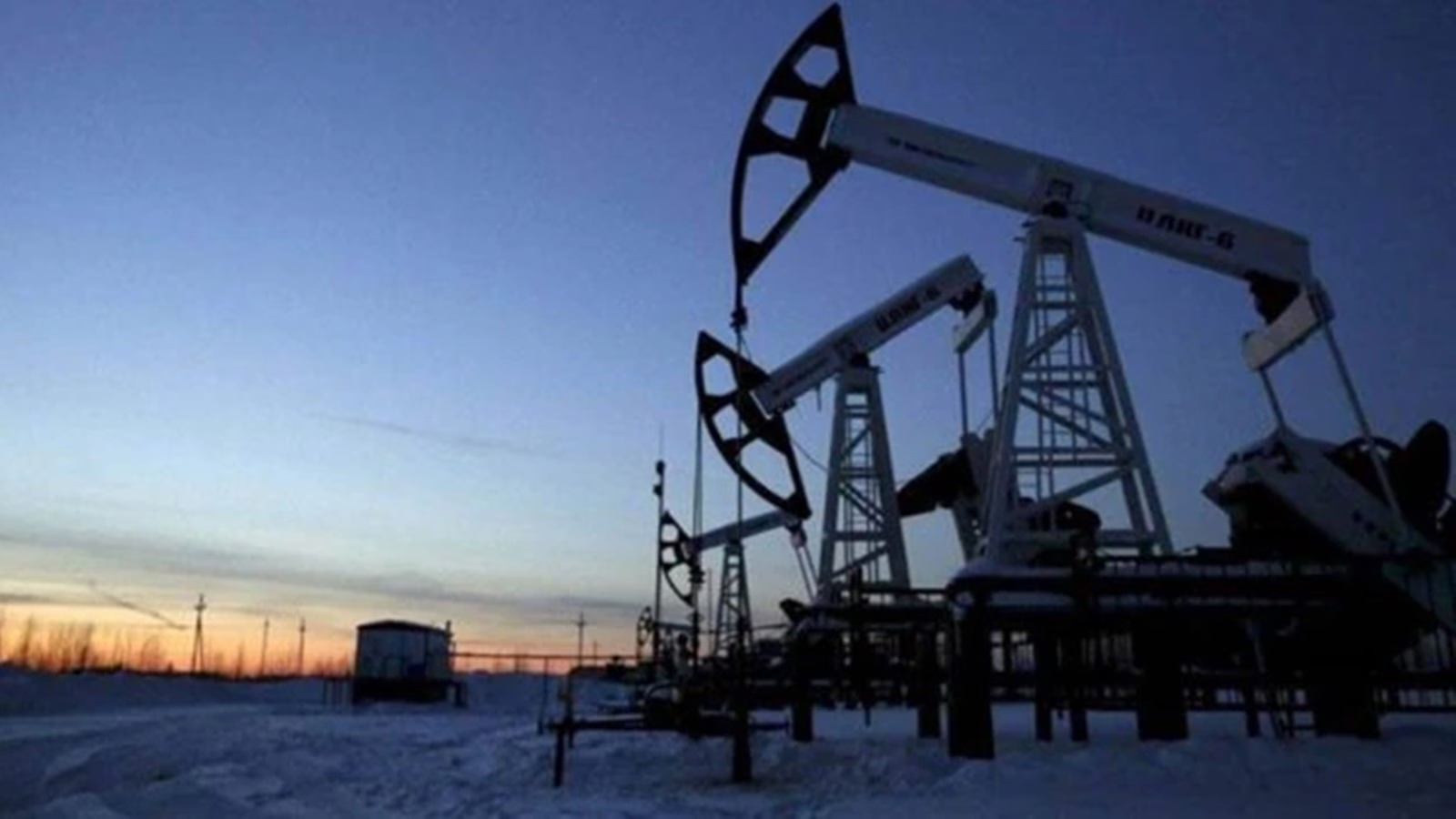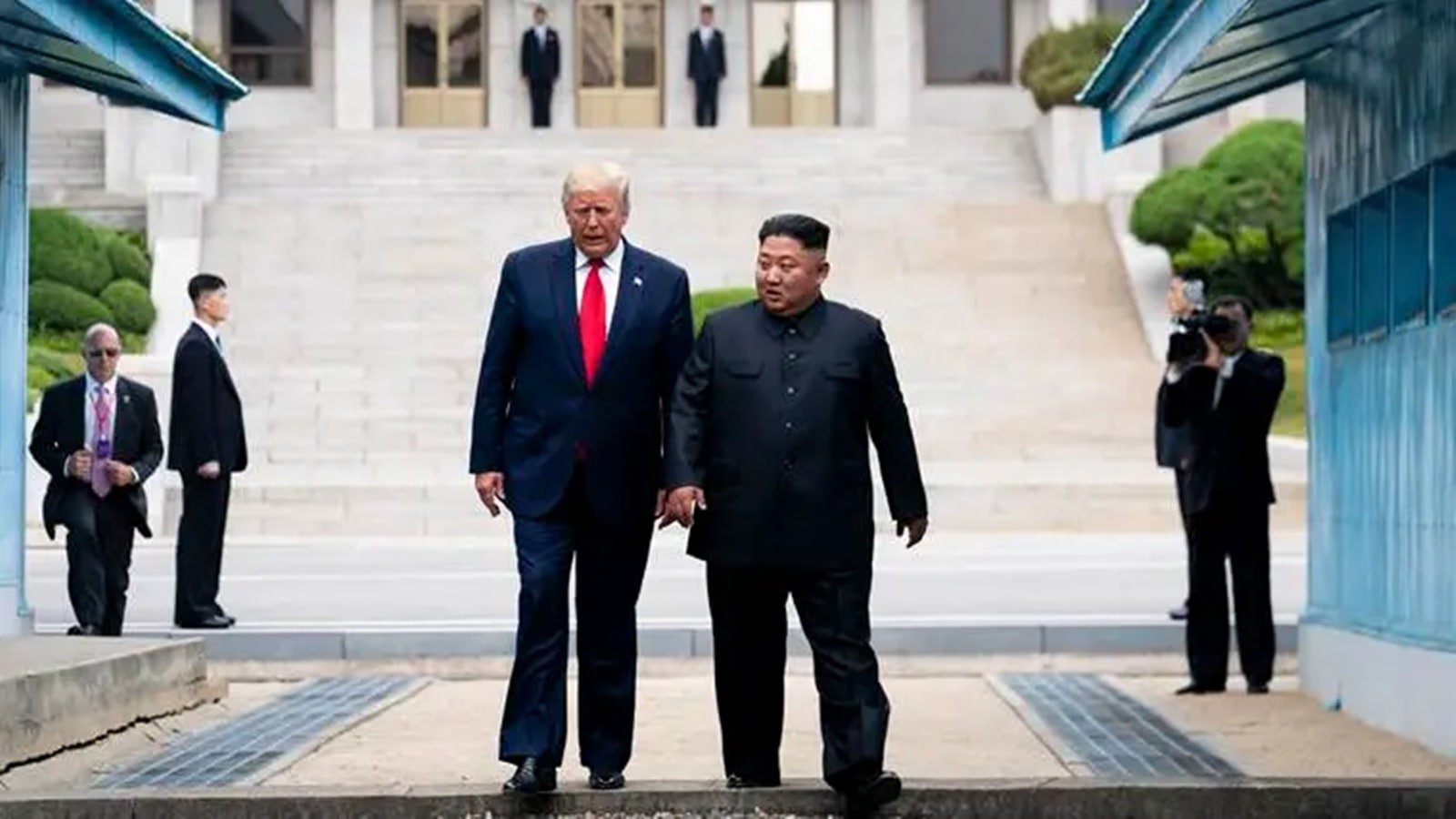With US President Donald Trump saying Sunday that he was disappointed with the status of peace negotiations with Russian President Vladimir Putin and threatening to impose secondary tariffs on Russian oil buyers if he believed Moscow was impeding his efforts to end the war in Ukraine, India may face additional 25–50% US tariffs over the purchase of Russian oil.
Trump told reporters on Air Force One that “all countries” will be subject to the new tariffs, meaning that India might not get a break on the broad US retaliatory penalties that are scheduled to go into effect on April 2. This occurs as the four-day negotiations between the US and India to decide on the terms of a trade agreement came to an end on Saturday.
Based on data given by the Ministry of Commerce and Industry, Russia was India’s biggest oil import supplier from April to December 2024.
According to sources in the Indian refining industry, if Trump were to carry out his threat of more tariffs, there would need to be more clarification on exactly what the US would do and whether there would be any room for exclusions. It is hard to predict how things will turn out. What Trump meant when he mentioned possible taxes on purchasers of Russian petroleum needs to be clarified. Will it only apply to tariffs, or might buyers also face secondary sanctions? “That is a crucial question as well,” an industry source stated.
According to preliminary statistics from commodity market analytics firm Kpler, India imported 1.85 million barrels per day (bpd) of Russian oil on average during the first 21 days of March. This is much more than the 1.47 million bpd imported in February and the 1.64 million bpd imported in January.
The Indian government and refiners have made it plain thus far that they will not purchase any oil that is subject to sanctions or involves other companies that have been sanctioned. US sanctions have prevented India from buying oil from Iran for years. The United States granted some oil corporations waivers from sanctions, which allowed Venezuelan crude to reach India.
‘India may have to halt Russian oil purchases’
For the time being, industry observers and analysts are not preparing for the full effect of Trump’s tariff threats. Since taking office in January, the US president has threatened tariffs in a variety of ways, but the world’s oil prices have not increased significantly in spite of his warnings against Russia, the second-largest oil exporter in the world.
However, Indian refiners are expected to stop buying Russian crude, which presently accounts for more than 30% of India’s oil import basket, if the White House moves forward with putting secondary penalties or levies on buyers of Russian oil.
They would probably look to its traditional West Asian suppliers, like Saudi Arabia, Iraq, and the United Arab Emirates (UAE), in such a situation. In the near term, Indian refiners could have to rush to find other sources, but in the medium term, oil supplies should stabilize.
By value, oil is the most valuable item that India imports, and the price of oil has an effect on many facets of the national economy. If the United States applies taxes, it is quite improbable that Indian refiners will continue to import Russian crude. The lost Russian oil quantities will probably be quickly replaced by suppliers like Saudi Arabia and Iraq, according to an oil industry analyst.
US open to a deal on reciprocal tariffs
Trump stated that although the US is amenable to talks over reciprocal tariffs, “those pacts” would need to be negotiated following the implementation of reciprocal duties on April 2.During trade negotiations, US officials did not provide the Indian side with any information regarding the reciprocal duties, according to a report published last week by The Indian Express.
After White House economic advisor Kevin Hassett told Fox Business that the measures would primarily target 10 to 15 countries that bear the majority of the US trade deficit, Trump clarified that all nations would be subject to retaliatory penalties.
According to Reuters, Hassett stated, “There are more than 100 countries that do not really have any tariffs on us and do not have any non-tariff barriers.”
Indian and US negotiators have not yet reached a consensus on the terms of reference (ToR) defining the parameters of the agreement, despite expectations in the Indian industry for a settlement on reciprocal tariffs. Although negotiations are still in their early phases, experts noted that the delay in completing the ToR shows that the two nations are not yet ready to start formal talks on a bilateral trade agreement (BTA).
Indian negotiators are worried that the US may use reciprocal tariffs as leverage to force an early agreement on commodities, especially with regard to market access for American goods in India, including cars, whisky, and agricultural items, according to a report by The Indian Express.






